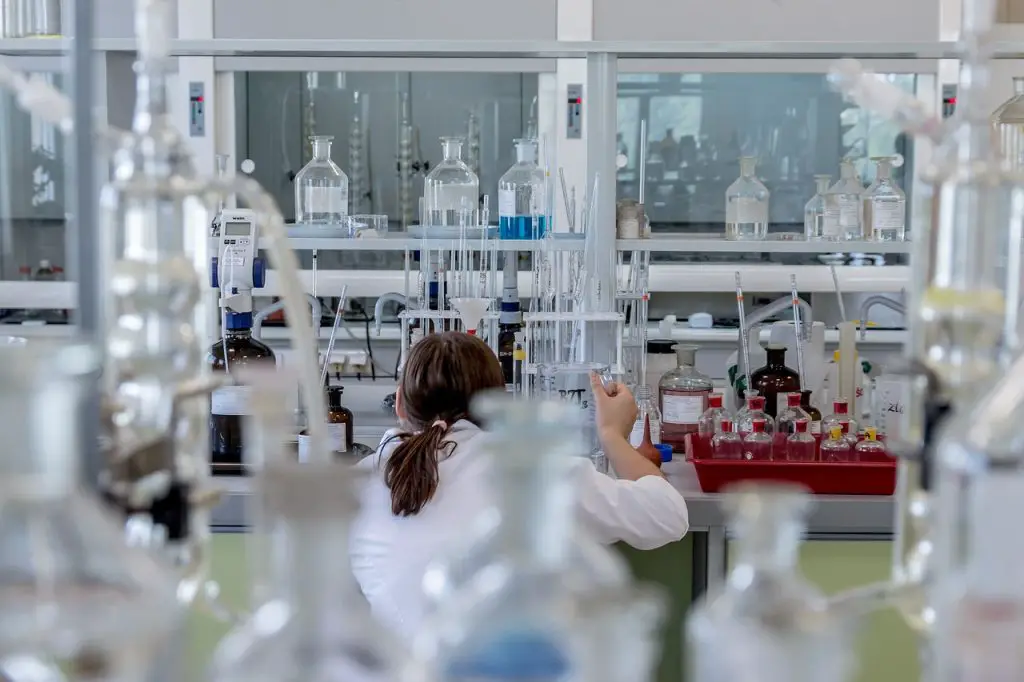Climate change is a critical issue facing our planet, and reducing carbon dioxide (CO2) emissions is essential to addressing it. One potential solution is the development of green technologies that capture and store CO2 emissions from power plants, factories, and other sources. In this essay, we will explore the technologies that researchers are pursuing to capture CO2 emissions and the potential benefits and limitations of these solutions.
Carbon capture and storage (CCS) is one of the most promising technologies for capturing and storing CO2 emissions. CCS involves capturing CO2 emissions from power plants and other industrial sources, compressing the gas, and then injecting it into geological formations, such as depleted oil and gas reservoirs or saline aquifers. The CO2 is then stored underground, where it remains trapped for thousands of years.
CCS is already being used in some power plants and industrial facilities, but the technology is still in its early stages and faces a range of technical and economic challenges. One of the key challenges is the cost of implementing CCS technology, which can be high due to the need for specialized equipment and infrastructure. However, researchers are pursuing a range of new technologies and strategies to make CCS more cost-effective and practical.
One promising area of research is the development of new materials and technologies for capturing CO2 from industrial emissions. Researchers are exploring a range of materials, such as zeolites, metal-organic frameworks, and other porous materials, that can selectively capture CO2 from flue gas streams. These materials can then be regenerated, allowing the captured CO2 to be released and stored underground.
Another area of research is the development of new technologies for storing CO2 underground. Researchers are exploring a range of geological formations that can be used for CO2 storage, including depleted oil and gas reservoirs, saline aquifers, and deep coal seams. They are also developing monitoring technologies that can track the movement of CO2 underground and ensure that it remains trapped over the long term.
In addition to CCS, researchers are pursuing a range of other green technologies to reduce CO2 emissions. One promising area is the development of renewable energy technologies, such as wind, solar, and geothermal power. These technologies do not produce CO2 emissions and can help to reduce our dependence on fossil fuels.
Another area of research is the development of energy storage technologies, such as batteries and other storage systems, that can help to integrate renewable energy into the grid and ensure a stable and reliable energy supply. By developing these technologies, we can reduce our reliance on fossil fuels and move towards a more sustainable energy system.
The potential benefits of pursuing green technologies to capture CO2 emissions are significant. By reducing our reliance on fossil fuels and developing new technologies to capture and store CO2 emissions, we can help to mitigate the impacts of climate change and reduce our carbon footprint. Green technologies can also help to create new jobs and drive economic growth, particularly in the renewable energy sector.
However, there are also potential limitations and challenges associated with these technologies. One challenge is the need to scale up these technologies to meet the demands of large-scale industrial facilities and power plants. This will require significant investment in research and development, as well as in infrastructure and deployment.
Another challenge is the potential for unintended consequences, such as the release of methane, a potent greenhouse gas, during the extraction and storage of CO2. There is also the risk that CO2 could escape from storage sites, potentially leading to environmental damage and public health risks.
In conclusion, the pursuit of green technologies to capture CO2 emissions is a critical area of research and development. Carbon capture and storage is one of the most promising solutions, but researchers are also exploring a range of other technologies, such as renewable energy and energy storage, to reduce our reliance on fossil fuels and mitigate the impacts of climate change. While these technologies face a range of challenges and limitations, including cost, scalability, and potential unintended consequences, the potential benefits are significant. By developing and deploying these technologies, we can reduce our carbon footprint, create new jobs and economic opportunities, and help to build a more sustainable future. It is important for policymakers, industry leaders, and researchers to work together to overcome these challenges and accelerate the development and deployment of green technologies to address the urgent challenge of climate change.







